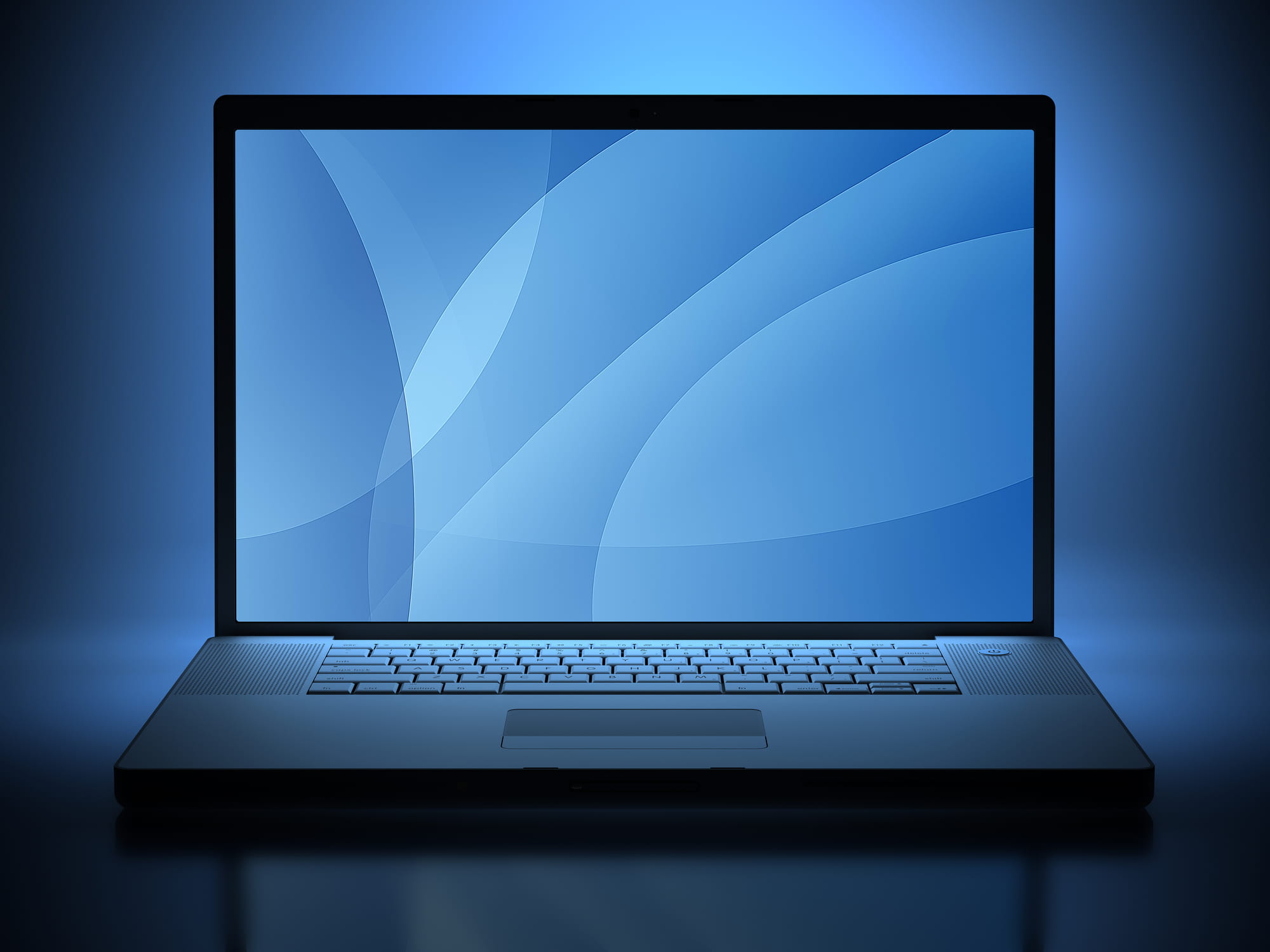After a decade in service as the world’s most used PC operating system, Windows 10 reached its end-of-support (EOS) deadline on October 14, 2025, marking a critical inflection point for the industry. The Windows 11 migration has progressed far more slowly than previous transitions, taking four years to reach 50% adoption, compared to three years for Windows 10. At the halfway mark, Windows 10 EOS creates immediate B2B opportunities while exposing significant challenges and threats of churn in the consumer segment.
State of play: the PC market landscape at the Win10 EOS deadline
Adoption of Windows 11 varies significantly by customer segment and geography. While enterprise customers tend to follow more predictable refresh cycles, many smaller businesses refresh their systems out of necessity, and not at a fixed cadence. Older applications or in-house software programs that lack immediate compatibility with Windows 11 add further complexity to the refresh process. Consumer demand remains relatively subdued and heavily replacement-led: according to a March 2025 Omdia consumer survey, 57% of respondents cited replacement factors (device broken beyond repair, too slow performance, etc.) as the reason they purchased their last PC, compared to just 39% who upgraded due to better specs or attractive upgrade offers.
North America and Western Europe show faster Windows 11 uptake, driven by mature IT procurement processes and stronger security compliance requirements, while emerging markets lag 15 to 20 percentage points behind due to cost constraints and legacy hardware dependencies. Security, compatibility, and vendor support are increasingly central to corporate IT strategies, as organizations aim to balance operational continuity with evolving compliance requirements. Against this backdrop, the Windows 10 EOS deadline forces all customer segments—from large enterprises to SMBs, consumers, and educational institutions—to weigh the costs and tradeoffs of maintaining aging systems versus migrating to Windows 11 or purchasing Extended Security Updates (ESUs).
What happens to users who are still on Windows 10?
Globally, there remain hundreds of millions of devices that do not meet the hardware requirements to upgrade to Windows 11. For these users, Windows 10 EOS marks a significant turning point as they must either upgrade to a Windows 11 machine, pay for ESU on their current machine, or operate without official patches, exposing their systems to security risks. Microsoft offers Extended Security Updates, providing continued security patches through October 2028, at escalating annual costs: $61 per device for Year 1, $122 for Year 2, and $244 for Year 3. ESU provides breathing room for organizations facing application compatibility challenges or budget constraints. However, the cost escalation quickly makes hardware replacement the more attractive option by Year 2 or 3, positioning ESU as a bridge solution for planned migration rather than a long-term alternative.
It's important to note that Windows 10 devices remain functional after the EOS deadline—security vulnerabilities accumulate gradually over months and years as new exploits are discovered, rather than systems becoming immediately compromised on October 14. This gradual risk profile explains why extended migration tails are normal and expected, with Omdia forecasting substantial Windows 10 usage continuing through 2026 and into 2027, particularly among SMBs and consumers. The combination of functional hardware, gradual security degradation, and ESU availability as a stopgap creates a multi-year migration window rather than a hard cutoff. That said, security concerns are the primary reason organizations are upgrading to Windows 11, according to a recent Omdia poll of channel partners.
When it comes to upgrading their PCs, users face several factors pushing them to refresh to a new Windows 11 device. However, the timing of the refresh and status of existing PC fleets varies the impact of upgrading. The hardware requirements for Windows 11 force many older PCs without the baseline eligibility to be replaced completely.
The transition to Windows 11 lags behind previous migrations
Migration to Windows 11 has taken four years to reach 50% adoption, compared to the three years that it took Windows 10 to reach the same milestone. A September 2025 Omdia poll of channel partners reveals the fragmented state of Windows 11 deployment. While 39% of partners report that customers plan to upgrade nearly all remaining Windows 10 devices, only 26% indicate that more than 75% of customer fleets currently run Windows 11, suggesting many organizations are mid-migration. At the other end, 22% of partners report that between 1% and 25% of customer PCs have migrated, indicating a substantial lagging segment. Regarding timeline, 18% of partners report customers plan to continue using Windows 10 after EOS without a defined migration path, while 29% expect upgrades to occur within or after six months. From this, Omdia forecasts that 2026 will be an important year for the Windows 11 refresh, as a long tail of businesses, especially SMBs, continue to update their fleets in the coming months.
Makeup of the installed base offers sizeable opportunities
Large enterprises (500+ employees) view security as the top motivator. With proprietary data and regulatory oversight, enterprises cannot tolerate unsupported systems. Manageability tends to rank second, as large fleets demand centralized, cloud-based administration and standardized deployment. Cost ranks third; most follow predictable refresh cycles aligned with depreciation schedules. About two-thirds of enterprises will complete migrations by October 2025, though complex organizations with specialized systems will continue into 2026.
For SMBs (1–499 employees), cost is the defining constraint. Even moderate fleet refreshes often compete with other operating expenses, making purchase timing unpredictable. Manageability and security rank second, but are focused on simplicity and reliability, not enterprise-level IT control. For the long tail of SMBs, migration activity will continue well into 2027. In both consumer and commercial segments, Omdia forecasts that the premium PC segment (over $800) will continue to grow while the low-end segment declines. This premium shift is driven primarily by commercial buyers who increasingly prioritize security, manageability, and device longevity over upfront cost.
Consumers replace devices based on performance degradation, physical failure, or new features rather than OS support deadlines. While consumer awareness of the need to upgrade is growing, most perceive minimal risk from remaining on Windows 10. However, the PC industry faces a meaningful churn risk in this segment: consumers with functional Windows 10 devices that fail Windows 11 hardware requirements may defer purchasing new PCs entirely, extending device lifecycles indefinitely or shifting computing activity to smartphones and tablets for basic tasks. This presents a particular challenge as the consumer segment is already replacement-driven rather than upgrade-driven, with purchasing decisions heavily influenced by perceived necessity rather than proactive refresh cycles.
PC industry must continue transition support efforts long after EOS deadline
The extended Windows 11 migration tail creates a multi-year opportunity requiring sustained engagement and segment-specific approaches well into 2026 and beyond. PC OEMs should maintain Windows 11-focused marketing that addresses distinct enterprise versus SMB concerns: emphasizing security and manageability for enterprises while leading with total cost of ownership arguments for SMBs. Trade-in programs, vertical software vendor partnerships certifying Windows 11 compatibility, and flexible financing options that convert capital expenditures into monthly operational expenses prove particularly effective for budget-constrained small businesses.
Channel partners face a significant opportunity, with customers lacking well-defined transition plans. Proactive outreach offering compatibility assessments serves as effective lead generation, while positioning partners as trusted advisors. Security messaging grounded in concrete peer business examples resonates more effectively than abstract risk discussions, while bundling device sales with migration services delivers higher margins and reduces customer friction. Customers expect their specific requirements to be known; vertical specialization in industries like healthcare, legal services, or manufacturing creates competitive advantages through deeper understanding of sector-specific software requirements and compliance frameworks.
Looking ahead, monitor Windows 11 adoption rates through early 2026 as a key indicator of migration momentum. The Windows 10 end-of-service deadline represents the PC industry’s largest device refresh opportunity in years, but success requires recognizing that migration extends across multiple years rather than concentrating in a single quarter. Organizations that execute segment-appropriate strategies, address legitimate customer concerns about cost and compatibility, and maintain persistent engagement through the extended migration tail will capture a disproportionate share of the substantial commercial refresh opportunity ahead.
More from author
More insights
Assess the marketplace with our extensive insights collection.
More insightsHear from analysts
When you partner with Omdia, you gain access to our highly rated Ask An Analyst service.
Hear from analystsOmdia Newsroom
Read the latest press releases from Omdia.
Omdia NewsroomSolutions
Leverage unique access to market leading analysts and profit from their deep industry expertise.
Solutions








